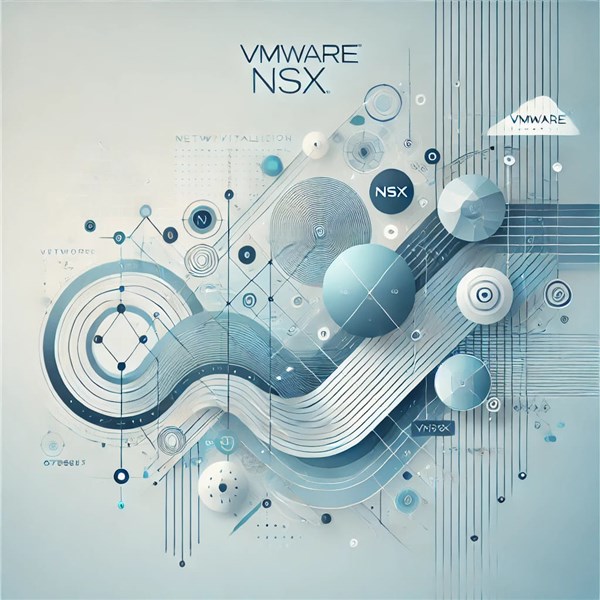We're open through the holidays to support your upskilling goals — book your session today!
We're open through the holidays to support your upskilling goals — book your session today!
Unable to find what you're searching for?
We're here to help you find it
As cyber threats grow more sophisticated, organizations are increasingly shifting from traditional perimeter-based security to Zero Trust Security Architecture. In this model, no entity—inside or outside the network—is inherently trusted. This "never trust, always verify" approach ensures that access is granted only after strict authentication and authorization.
One of the key enablers of Zero Trust Security is micro-segmentation, a method of isolating workloads and applications to minimize attack surfaces. VMware NSX stands out as a powerful tool for implementing micro-segmentation and securing modern IT environments.
In this blog, we’ll dive into the role of VMware NSX in supporting Zero Trust Security and how it enhances network protection.
Zero Trust Security Architecture is a framework built around the principle of strict access control. Unlike traditional security models, which assume that entities inside the network are safe, Zero Trust operates on the assumption that every entity—user, device, or application—is a potential threat until proven otherwise.
Key principles of Zero Trust include:
VMware NSX is a network virtualization and security platform designed to transform traditional IT infrastructures into agile, software-defined environments. By abstracting network functions, NSX enables granular control over network traffic and security policies.
Key capabilities of VMware NSX include:
VMware NSX integrates seamlessly with on-premises, hybrid, and multi-cloud environments, making it a versatile tool for modern IT infrastructures.
At the core of VMware NSX’s contribution to Zero Trust Security is micro-segmentation. Traditional networks rely on perimeter defenses, but once an attacker breaches the firewall, they can move laterally across the network.
With micro-segmentation:
This reduces the attack surface significantly and ensures that a breach in one segment doesn’t compromise the entire network.
VMware NSX includes a distributed firewall that operates at the hypervisor level. Unlike traditional firewalls, which inspect traffic only at specific points, the NSX distributed firewall enforces security policies across the entire network.
Benefits include:
In Zero Trust environments, security should follow the application wherever it resides—on-premises, in the cloud, or in a hybrid setup. VMware NSX supports this by:
Effective Zero Trust Security relies on deep visibility into network traffic and user behavior. VMware NSX provides:
VMware NSX integrates with identity management solutions to enforce user-based access controls. This ensures that:
Conclusion
In today’s interconnected world, where cyber threats are becoming increasingly sophisticated, adopting a Zero Trust Security Architecture is no longer optional—it’s essential. VMware NSX stands out as a critical enabler of Zero Trust by providing tools like micro-segmentation, distributed firewalling, and real-time threat detection.
By investing in VMware NSX, organizations can protect their digital assets, ensure compliance, and build a resilient IT infrastructure that’s prepared for the challenges of tomorrow.
If you’re an IT professional or organization looking to strengthen your security posture, mastering VMware NSX is a step in the right direction.
To maximize the benefits of VMware NSX in your zero trust security strategy, it is essential to have a thorough understanding and hands-on experience with the platform. This is where Koenig Solutions, a leading IT training company, can help.
Koenig Solutions offers a comprehensive VMware Network Virtualization Fundamentals course that equips you with the necessary skills to implement and manage a VMware NSX environment. The course covers all aspects of VMware NSX, including its role in a zero trust security architecture.

Aarav Goel has top education industry knowledge with 4 years of experience. Being a passionate blogger also does blogging on the technology niche.










